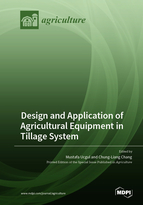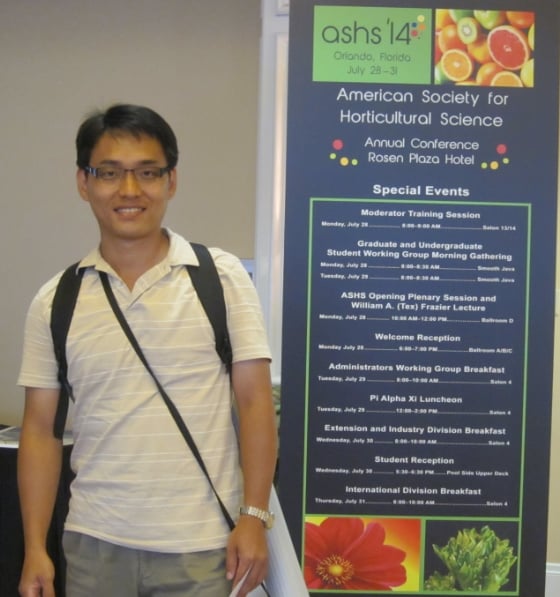Design and Application of Agricultural Equipment in Tillage System
A special issue of Agriculture (ISSN 2077-0472). This special issue belongs to the section "Agricultural Technology".
Deadline for manuscript submissions: closed (15 December 2022) | Viewed by 72648
Special Issue Editors
Interests: discrete element method (DEM); agricultural machinery design; tillage; soil mechanics
Special Issues, Collections and Topics in MDPI journals
Interests: artificial intelligence; mechatronics; internet of things; edge computing; signal processing
Special Issues, Collections and Topics in MDPI journals
Special Issue Information
Dear Colleagues,
The population of the world is increasing dramatically, but the required land and water resources to produce a sufficient amount of food are limited. To meet the growing food demand, productivity in agriculture should be increased. Tillage is defined as the mechanical manipulation of agricultural soil, and it is an extremely vital part of crop production, particularly for seedbed preparation and weed control. Tillage operations are carried out using mechanical force, commonly by using a tractor-drawn tool to achieve cutting, inversion, pulverization, and disturbance of the soil. A significant part of the energy (from fossil fuels) used in crop production is expended in tillage. This energy use increases greenhouse gas emissions. It is essential that we reduce energy use (hence reducing greenhouse gas emissions) to achieve sustainable farming practice, and that we improve crop production and design new tillage tools or optimize existing tools.
Although the design and evaluation of tillage tools are generally carried out using analytical methods and field experiments, with the recent technological improvements, computer and software technology have gained a great deal of interest from researchers for the design and evaluation of tillage tools. Additionally, sensor technology has also been adopted to improve the efficiency of tillage tools.
This Special Issue aims to collate innovative papers that make a significant contribution to the design and application of agricultural equipment in tillage systems. It welcomes original research and review papers from different research fields, including but not limited to agricultural engineering, engineering simulation, and precision agriculture.
Dr. Mustafa Ucgul
Prof. Dr. Chung-Liang Chang
Guest Editors
Manuscript Submission Information
Manuscripts should be submitted online at www.mdpi.com by registering and logging in to this website. Once you are registered, click here to go to the submission form. Manuscripts can be submitted until the deadline. All submissions that pass pre-check are peer-reviewed. Accepted papers will be published continuously in the journal (as soon as accepted) and will be listed together on the special issue website. Research articles, review articles as well as short communications are invited. For planned papers, a title and short abstract (about 100 words) can be sent to the Editorial Office for announcement on this website.
Submitted manuscripts should not have been published previously, nor be under consideration for publication elsewhere (except conference proceedings papers). All manuscripts are thoroughly refereed through a single-blind peer-review process. A guide for authors and other relevant information for submission of manuscripts is available on the Instructions for Authors page. Agriculture is an international peer-reviewed open access monthly journal published by MDPI.
Please visit the Instructions for Authors page before submitting a manuscript. The Article Processing Charge (APC) for publication in this open access journal is 2600 CHF (Swiss Francs). Submitted papers should be well formatted and use good English. Authors may use MDPI's English editing service prior to publication or during author revisions.
Keywords
- primary tillage tools
- secondary tillage tools
- discrete element method (DEM)
- finite element method (FEM)
- agricultural machinery design
- optimization
- automation
- sensor technology







